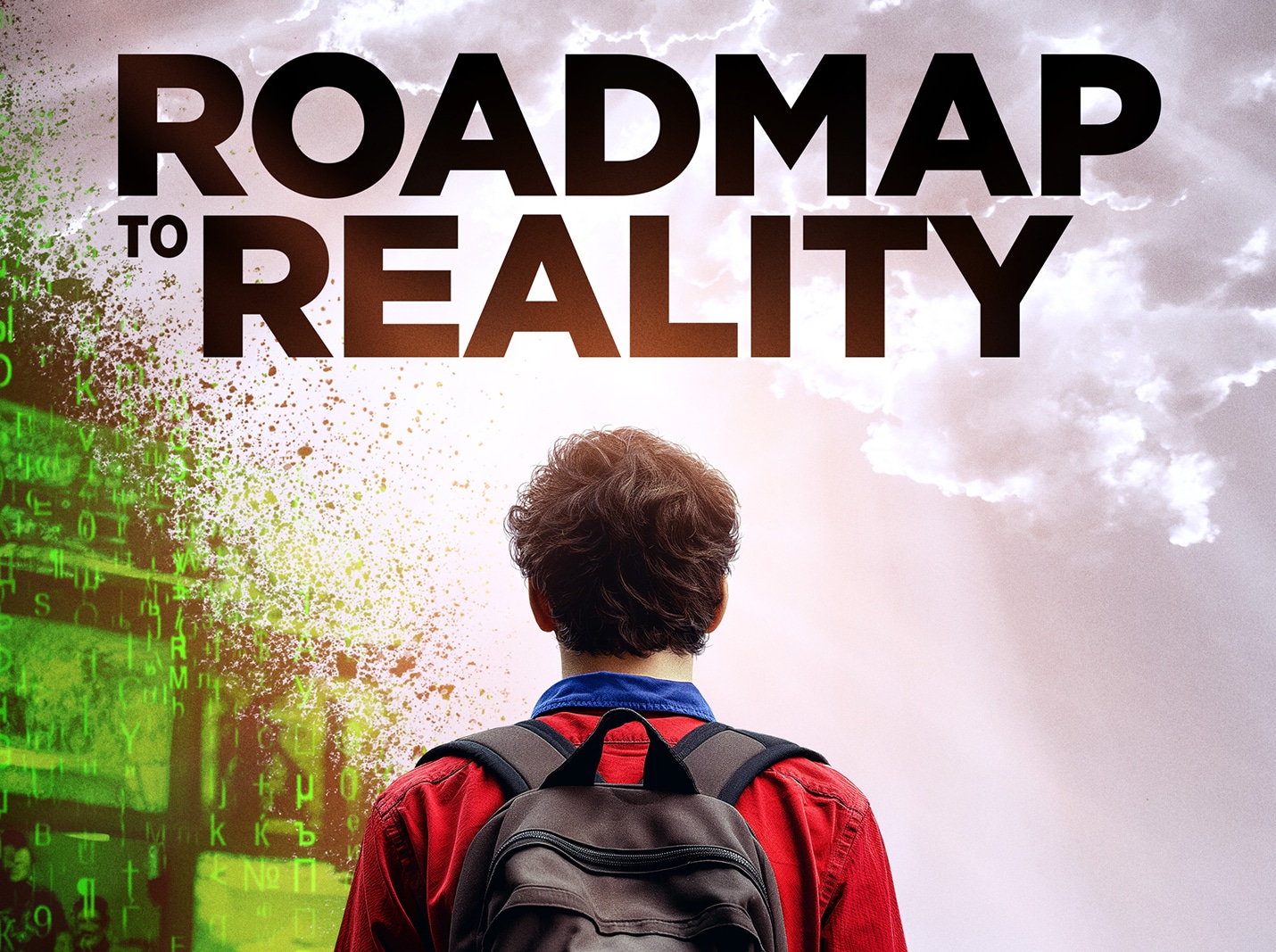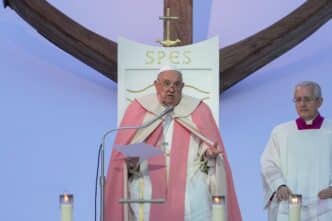“Roadmap to Reality: Carlo Acutis and Our Digital Age” is not a standard biographical documentary.
The upcoming film, produced by Castletown Media, examines the lessons that one of the Church’s newest saints, Carlo Acutis, can teach young people and parents.
“We wanted to tell the story about Carlo and have him serve as a guide,” explained Tim Moriarty, the film’s director. “Carlo is somebody who provides a model for how we stay connected to the real in the midst of this digital world.”
The documentary is slated for a theater release in the spring of 2025, but Moriarty and the film’s producer, Jim Wahlberg, do not want to keep its lessons on the big screen; they want to share them with parishes and schools across the country.
“We have the job of getting the film in front of an audience and the biggest possible audience that we can,” Wahlberg said. “We can’t have an impact if we don’t have an audience; for me, this film is for both Catholics and non-Catholics alike. What if somebody who has a screen addiction has a conversion because of this film? That would be beautiful.”
A saint for our time
To help promote the film and develop accompanying materials, Castletown Media is partnering with the National Eucharistic Congress and the University of Notre Dame’s McGrath Institute.
“The National Eucharistic Congress is in the midst of reviving belief in the Eucharist as the source and summit of our Catholic faith. Carlo is a Eucharistic saint. He was online to lead people offline. He was online to lead people to the Eucharist,” Moriarty said.”This film shares his story and shares the themes of the Eucharistic revival.”

When Castletown Media approached Tim O’Malley, director of Notre Dame’s McGrath Institute, about a potential partnership, O’Malley was immediately enthusiastic. The documentary’s themes fit well into the institute’s mission to help answer pastoral questions within the life of the Church.
“The film allows us to really deal with some key questions that I think we have to deal with as a Church today,” O’Malley said. “How do we work with young people in a way that doesn’t just pass on some of the worst habits of late modern digital culture and then bring it into the Church, but [instead] invite them into the reality of the sacraments and to God’s presence in the world.”
O’Malley believes that technology is one of the greatest threats that the Church faces as young people are drawn into screens and often struggle to distance themselves from media.
“Digital culture isn’t just a technological tool, but it really is an alternative to culture unto itself,” he said. “People scroll and scroll for hours, and then they wonder what happened. It’s a crisis of attention, a crisis of sacramentality.“
“If the world is charged with the grandeur of God, but most of what we’re doing is looking not at the world but at fabrications and images and endless memes on the internet, then it’s a huge formational problem,” O’Malley continued.
More than a movie
As the production heads into its final months, the McGrath Institute, National Eucharistic Congress and Castletown Media are thinking of ways to help parents, teachers and children see the film and then contemplate and discuss the issues it explores.
“The hope is that the film leads to a provocation and a serious conversation about God’s presence in history, and how technology can distract and replace that. We need to take it seriously as parishes, as schools, to actually talk about this,” O’Malley said. “I hope that this is a serious invitation to conversion and conversation in the Church about our own addiction to technology, to fame, to the influencer-based evangelization, that at times, I think, distracts from the real work of preaching the good news.”
Ultimately, the producers see the film as a gift to the Church that will hopefully kickstart critical conversations that pastors, teachers and parents need to have.
“There is something unique in this film [in] that it’s meant to help,” Moriarity said. “There’s a lot of confusion out there. Through this film and then these other accompanying materials, we really want people to see this as a gift that’s being offered to help shed some light and some clarity on something that’s extremely confusing — technology.”







